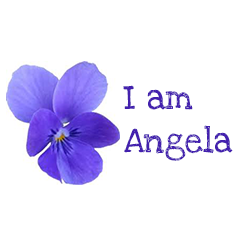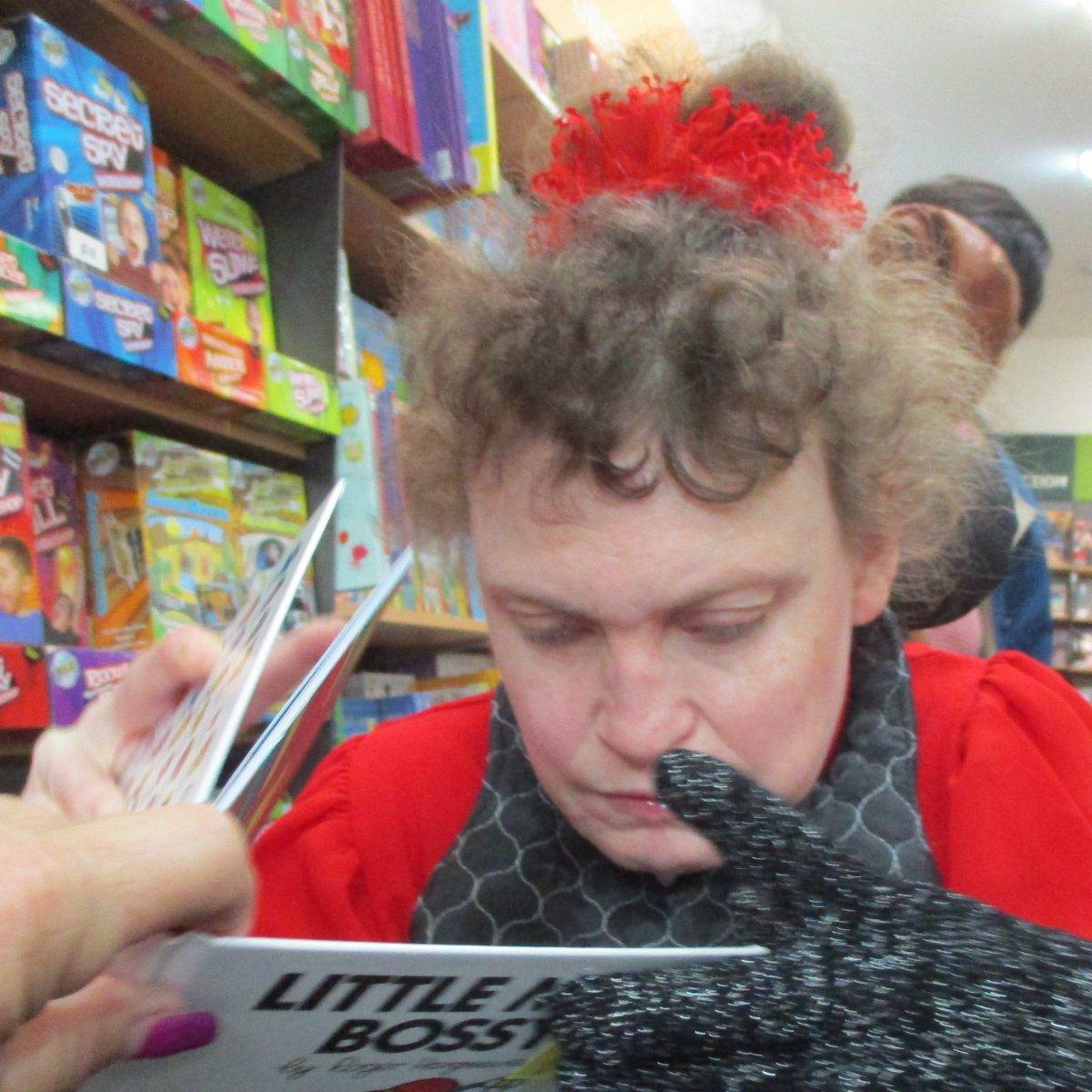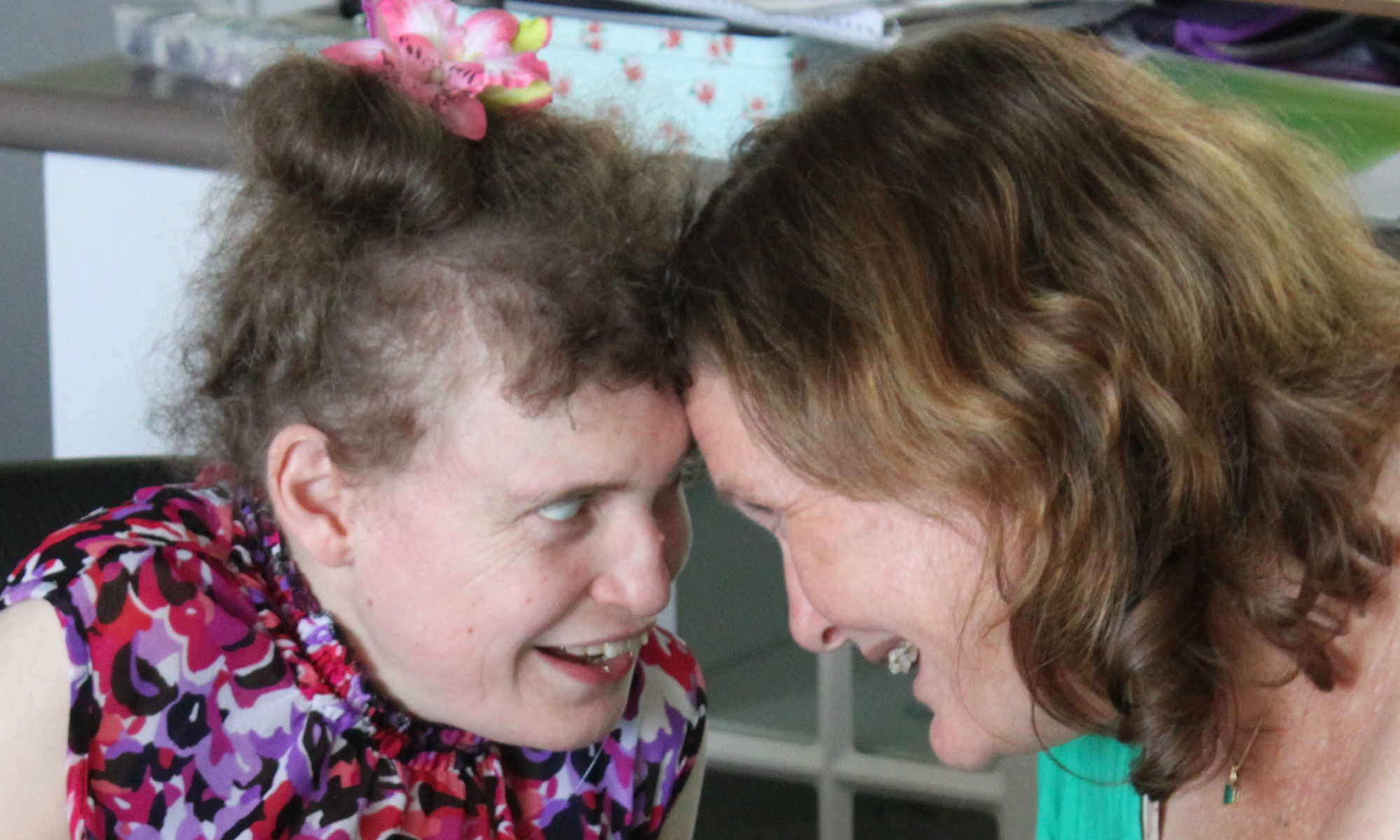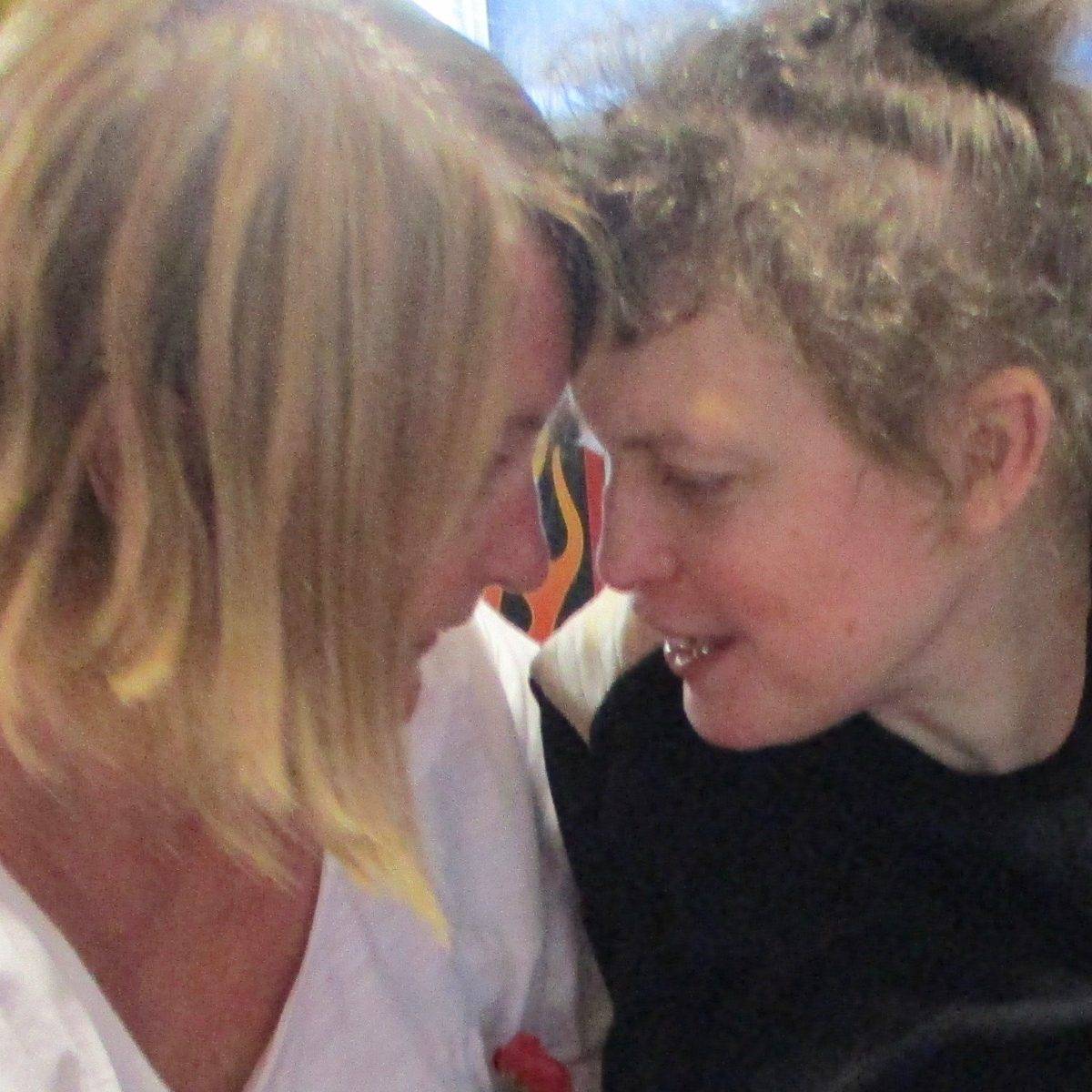How cool is the that statement – reminds me of a quote by Jean Driscoll
“Disability is a characteristic like hair colour; it’s not a defining principle.”
H-m-m – it would be cool indeed if life was really that way but one day “MAYBE”……..(I’m not holding my breath)
However, I guess it’s natural to attach a “label” to something people don’t completely understand.
These labels being used to explain behaviours or physical body features, non verbal people, intellectual impairment , spasticity to name a few and becomes the actual “identity” of the person with a disability or sufferer of a medical condition.
Also it would appear a severely disabled person is talked about in terms of deficits and losses, incompetent or an inference of “less than” attitude.
I believe such labels and words send messages to those that hear them – and in doing so – reinforce stereotypes and perceptions that influence attitudes and behaviours. Resulting in frustration in everyday interaction when the medical diagnosis is seen before the actual person and focus remains on deficits without seeing the whole person. No wonder society often shows hesitancy, fear and stigma around people with a disability.
Think about it- really – every person with a disability embodies a unique history along with personal values, preferences, even strengths and abilities.
Of course- I guess, also some people feel fear and vulnerability about the possibility of becoming disabled themselves , so, simply want to push it out of their minds hence perhaps many feel awkward around people with a disability and it is easier to avoid contact.
When you sit and think about it(ie seeing the person not the diagnosis) it actually opens up a minefield of issues. From accessibility, inclusion, the promotion of diversity and so on……
Wonder if designers of clothes ever thought of creating clothes with wheelchair users in mind, with the same flare seen on fashion runways, in fact all aspects of fashion from top of one’s head to soles of one’s feet.?
Further, what about models with disabilities in wheelchairs on the catwalk?
What about in all areas of advertising?.( people with disabilities are consumers).
The media is a powerful source of influence, how many “everyday” advertisements have people with disabilities included in, as the norm? Perhaps the media not only has a great opportunity, but a responsibility, to contribute to changing attitudes towards disability?
The key this writer believes (to seeing the person first not the diagnosis) is that people with disabilities need to be constantly seen as “part of” and “often”- shifting the perspective before any significant changes of value to occur.
This made me smile, a thought from Mandy Hale, “The Single Woman: Life, Love and a Dash of Sass”……..
“Consider the fact that maybe…just maybe….beauty and worth aren’t found in a makeup bottle, or a salon, fresh hairstyle, or a fabulous outfit. Maybe our sparkle comes from somewhere deeper inside, somewhere so pure and authentic and REAL… it doesn’t need gloss or polish or glitter to shine.”
So rather than go on about deficiencies, terms people use in the disability arena and expectations aside, but somehow just emphasising that a person any person really does have an identity outside of his or her diagnosis.
Perhaps, a slight shift in how you describe someone with disabilities is the beginning of making the world a place more respectful of everyone.



